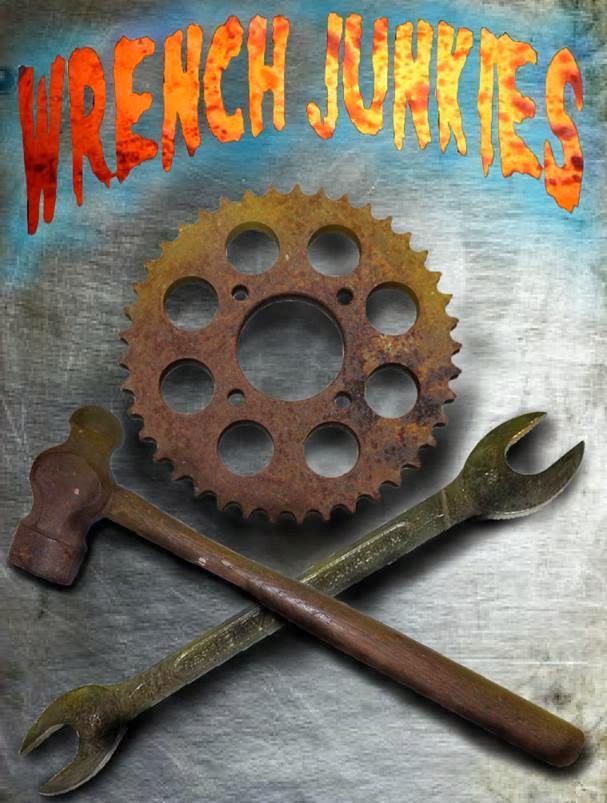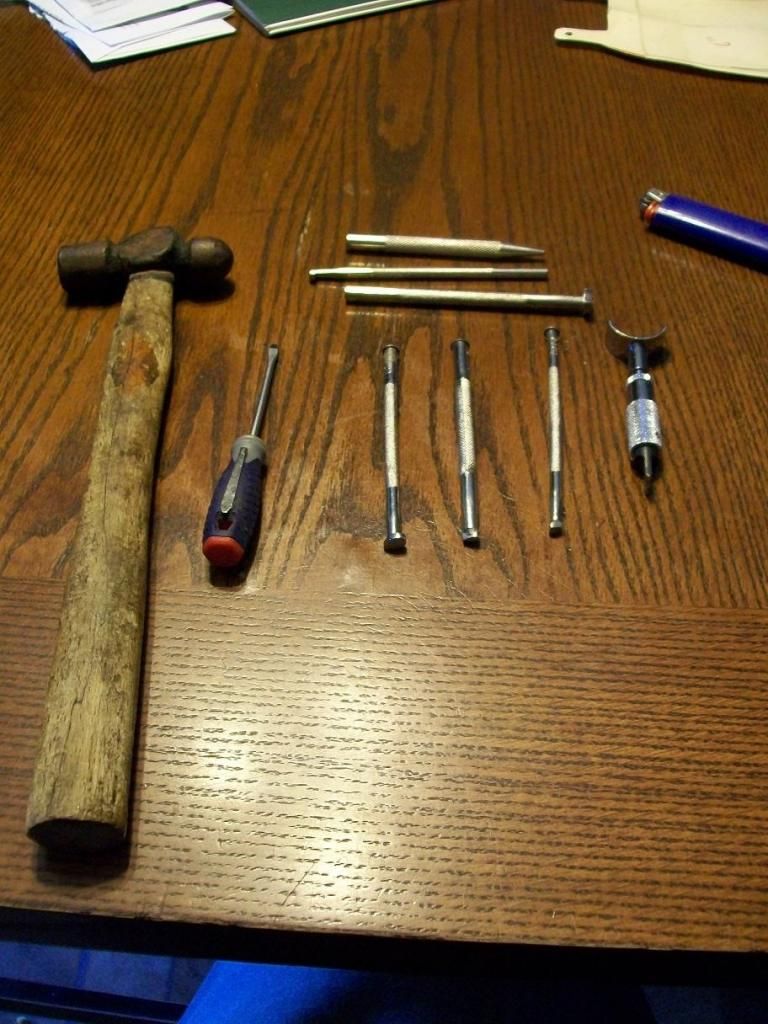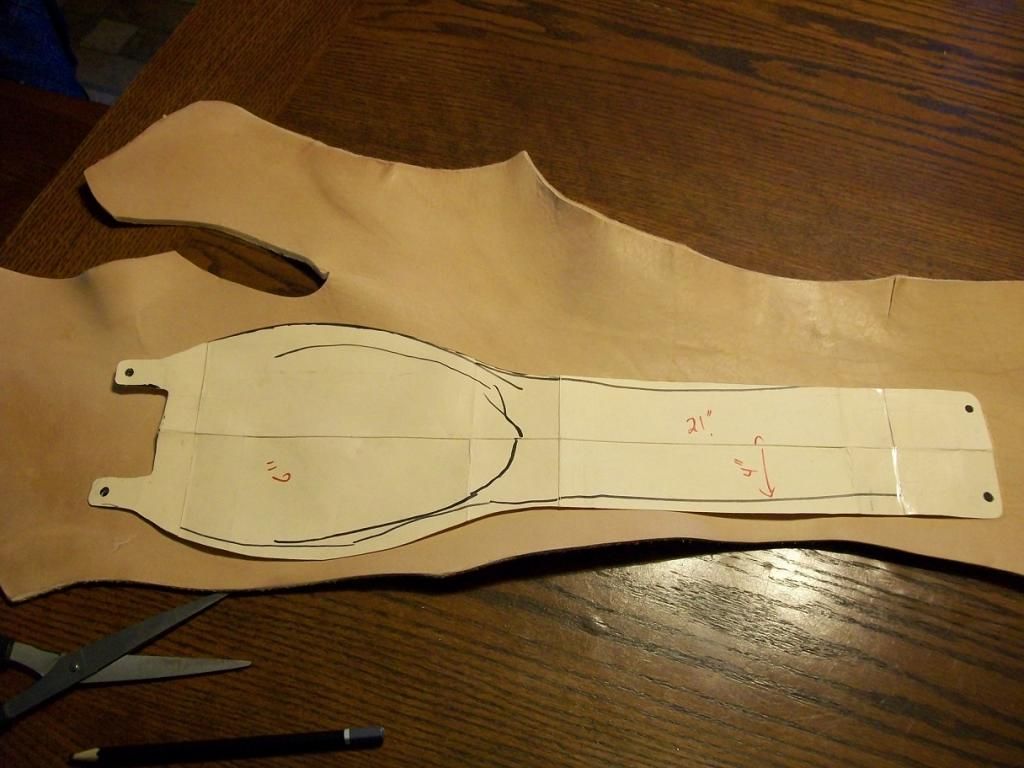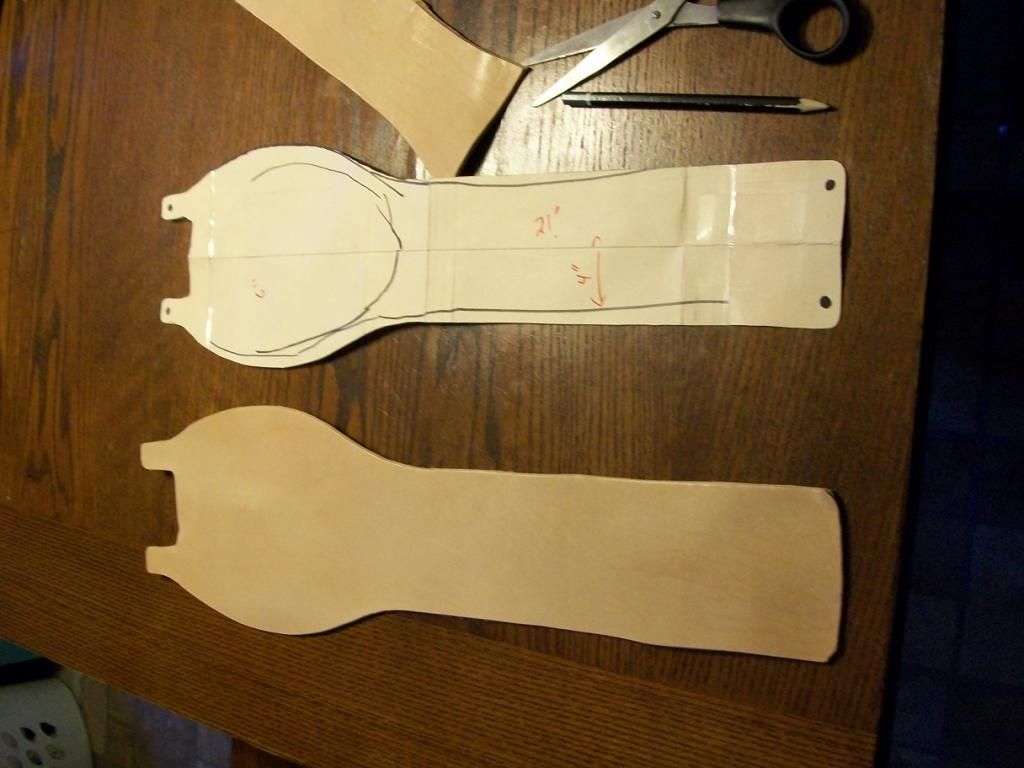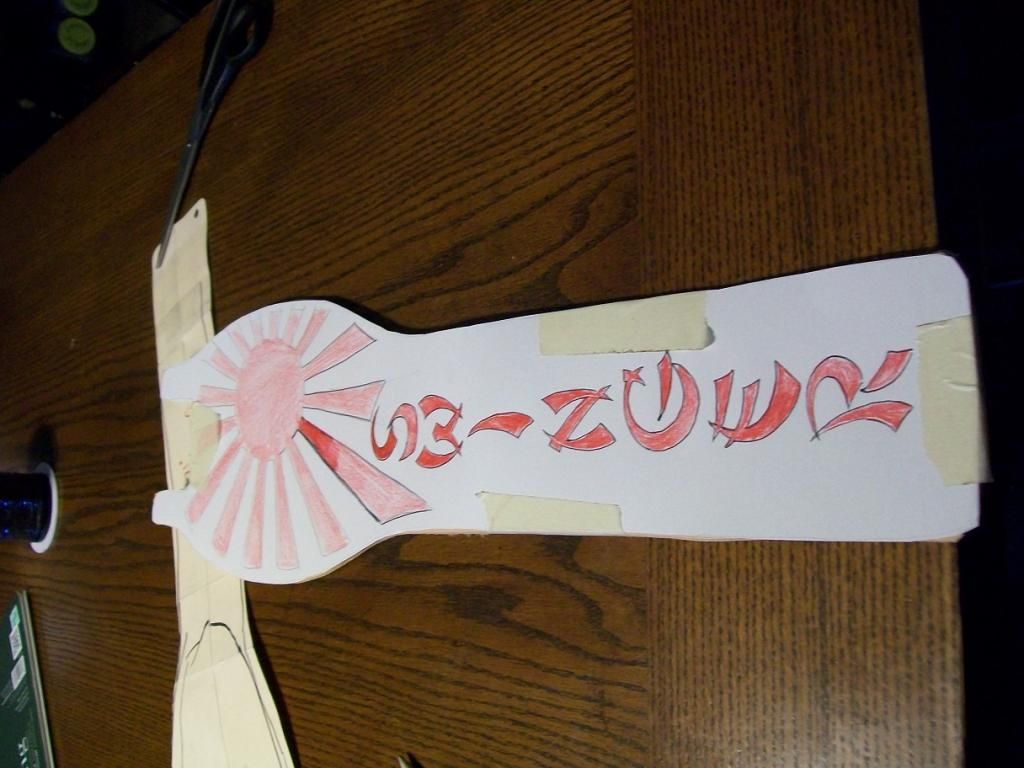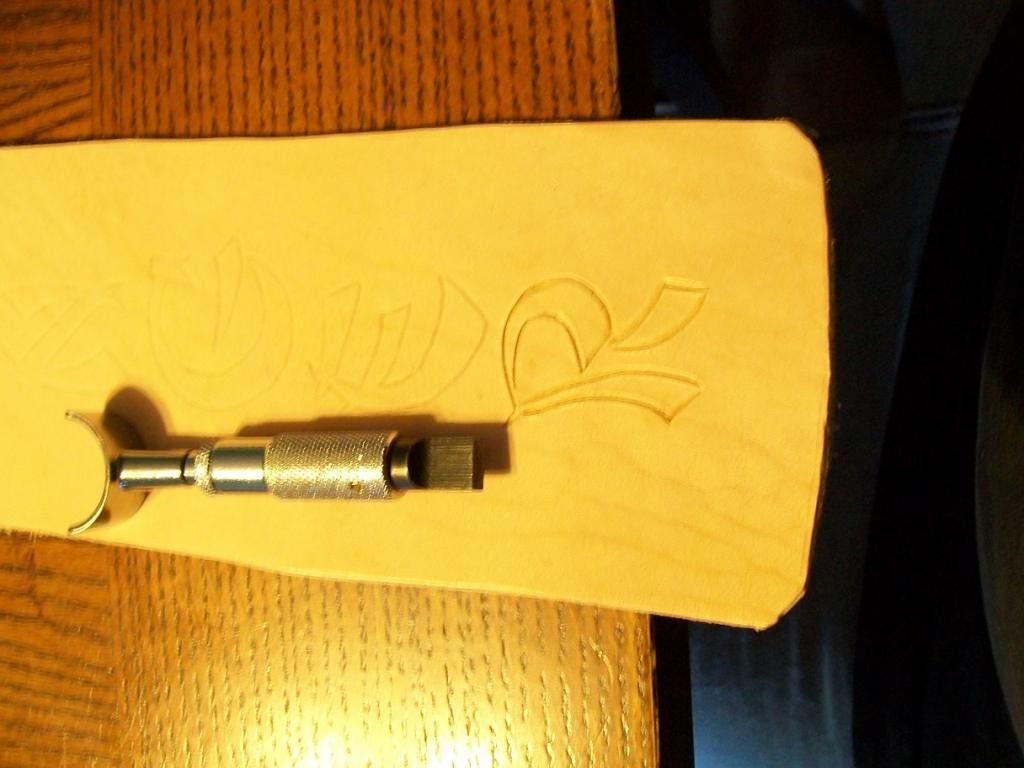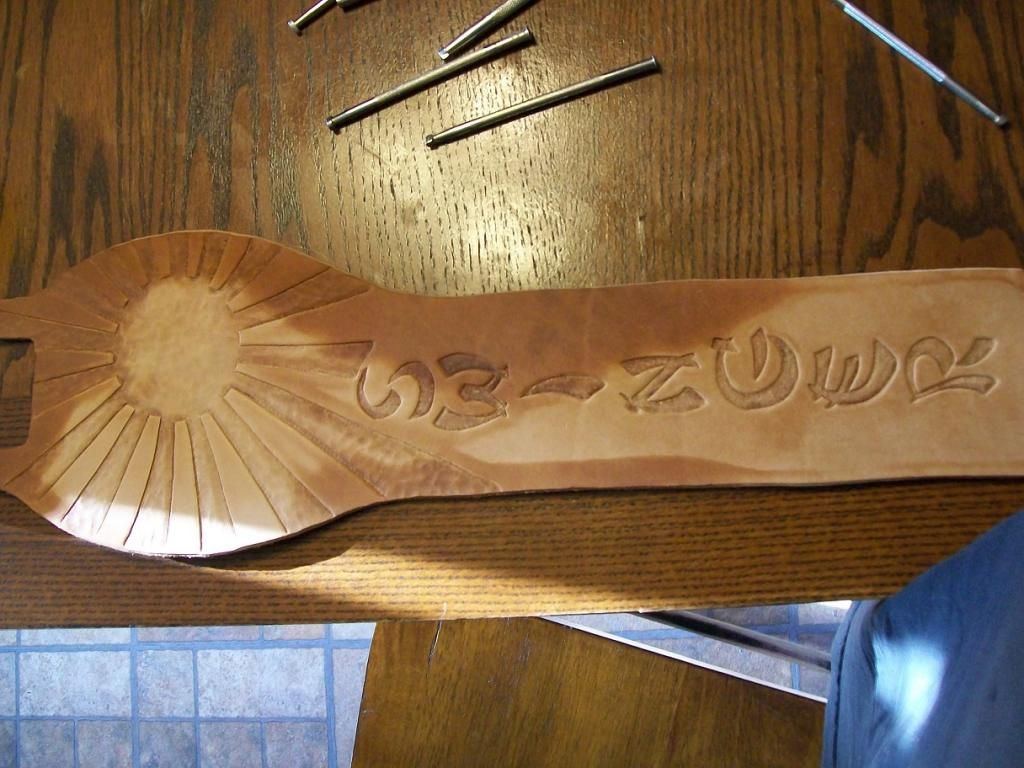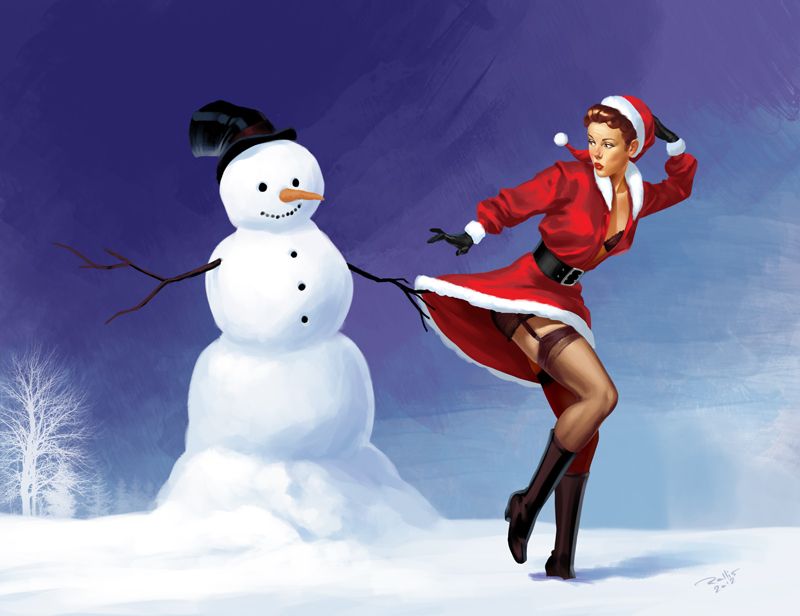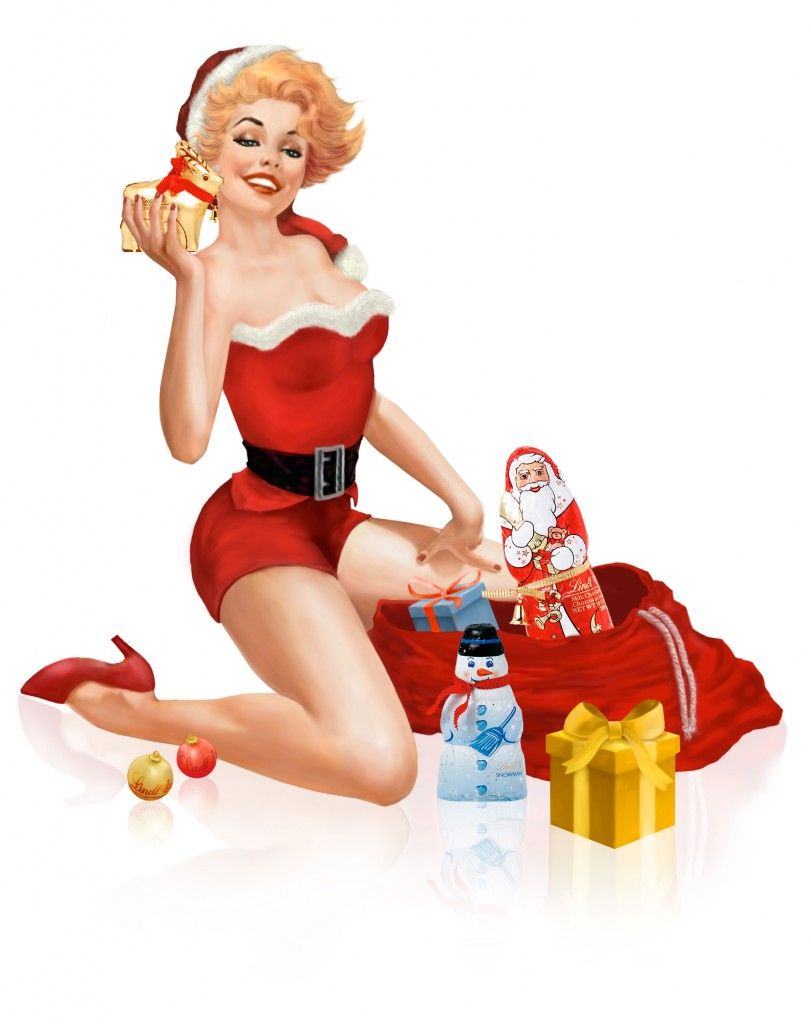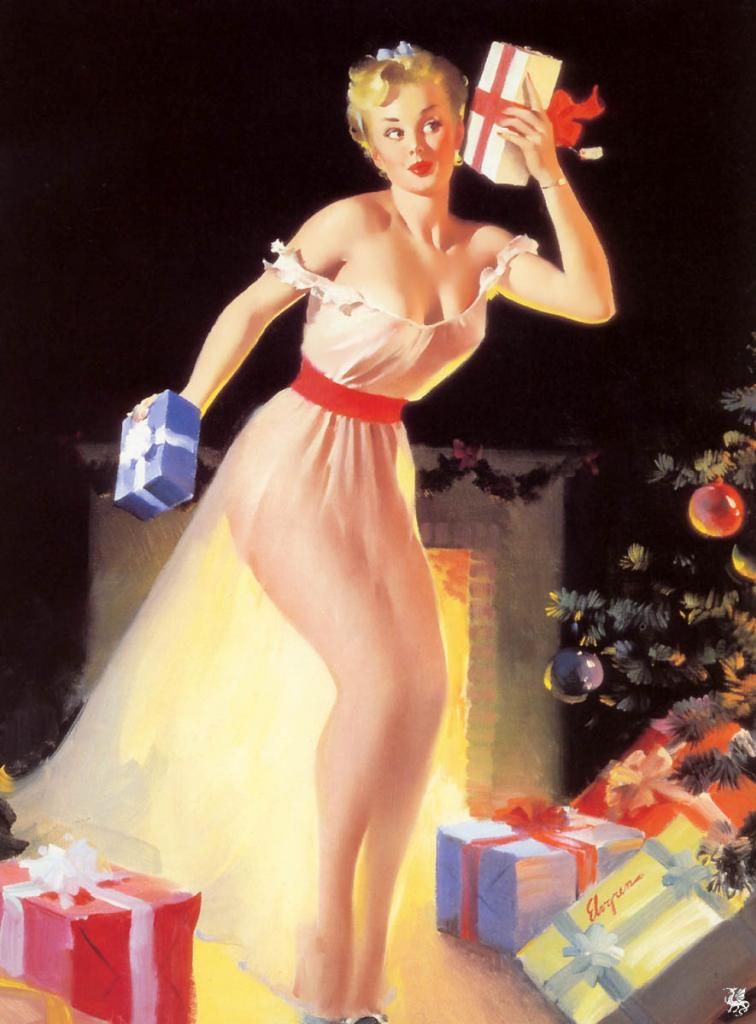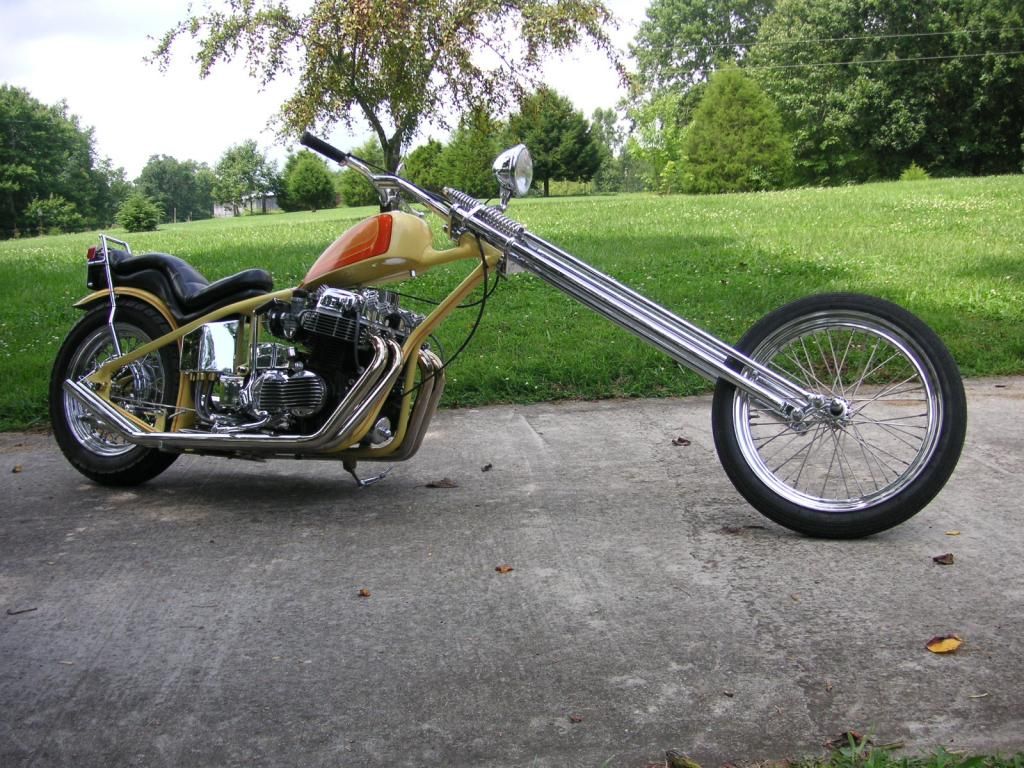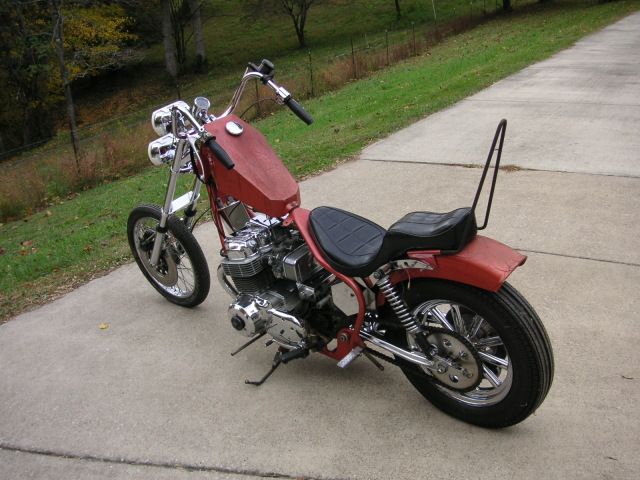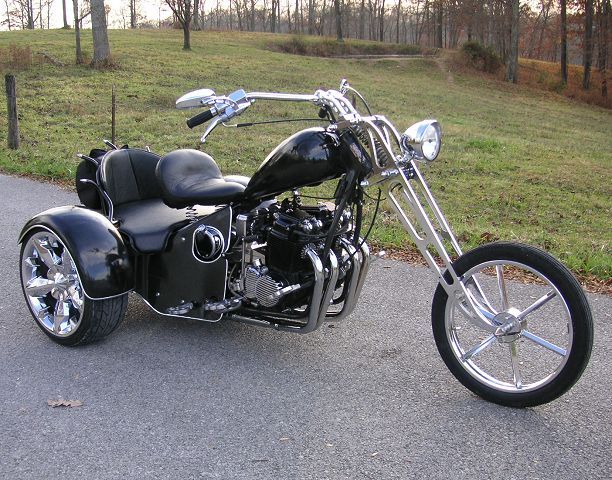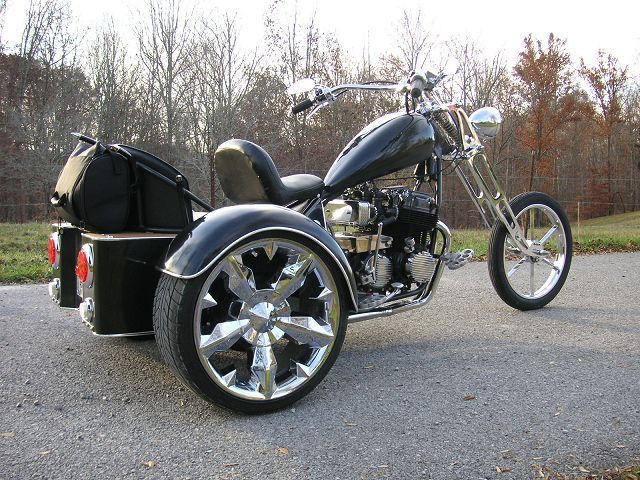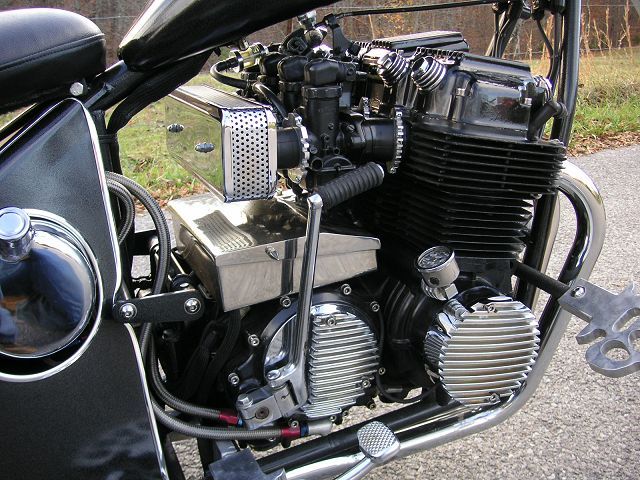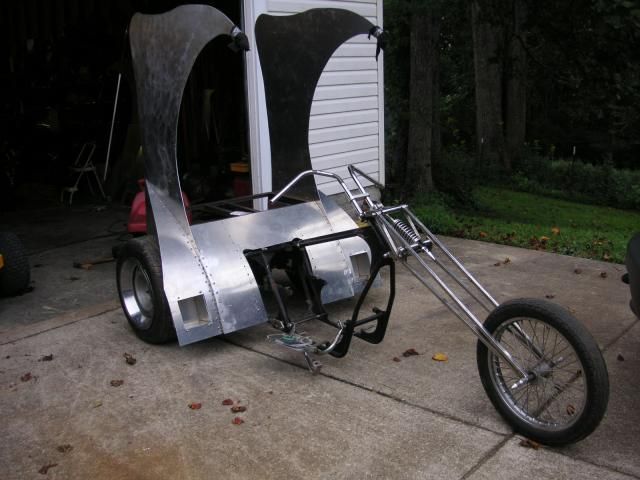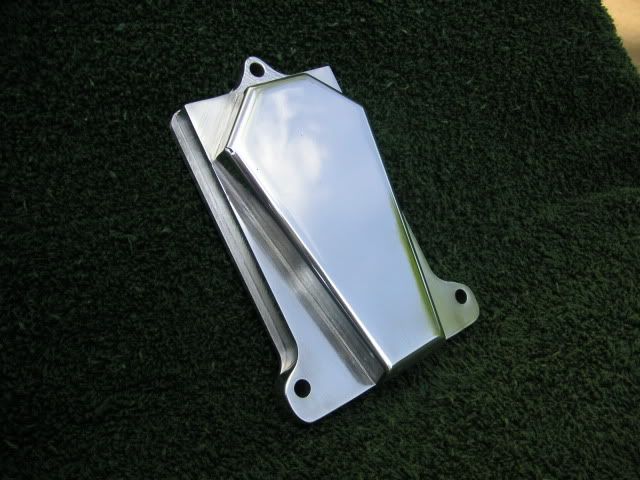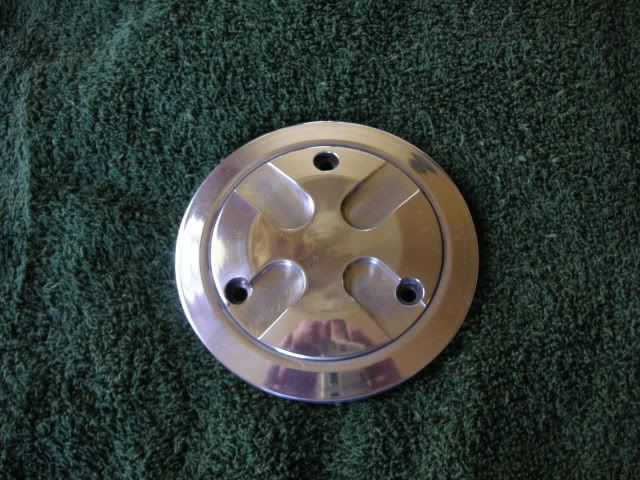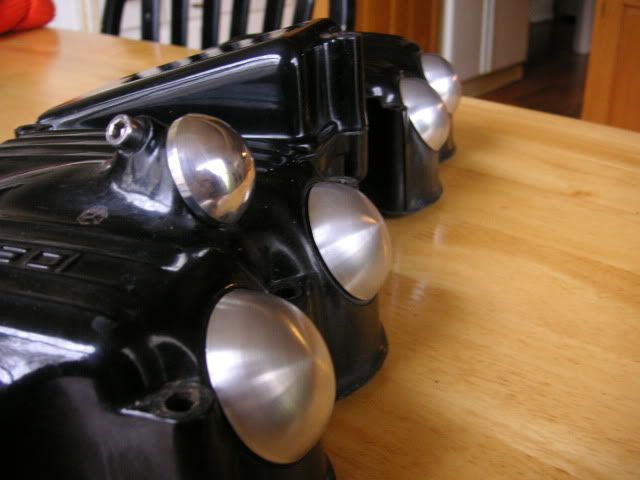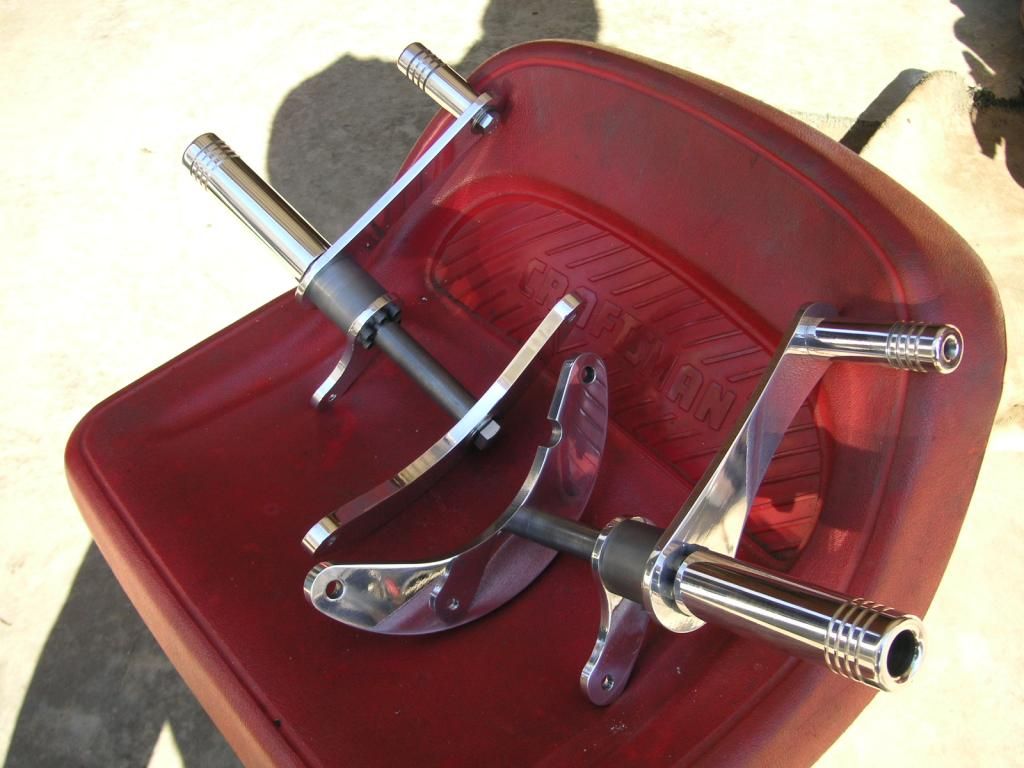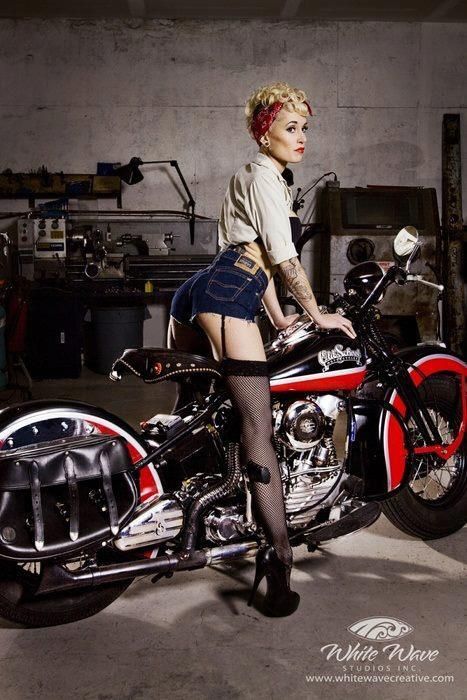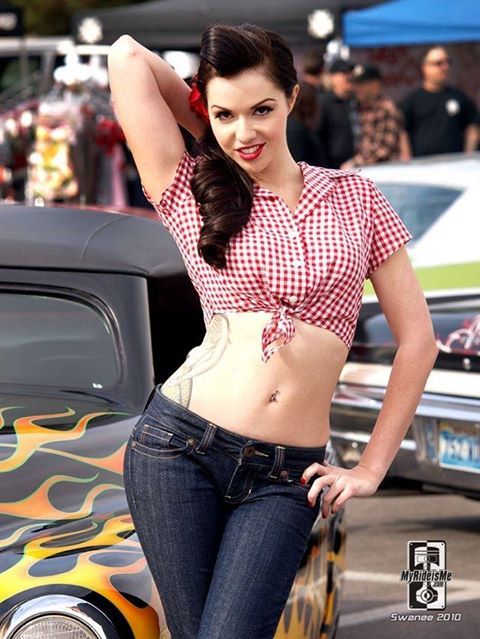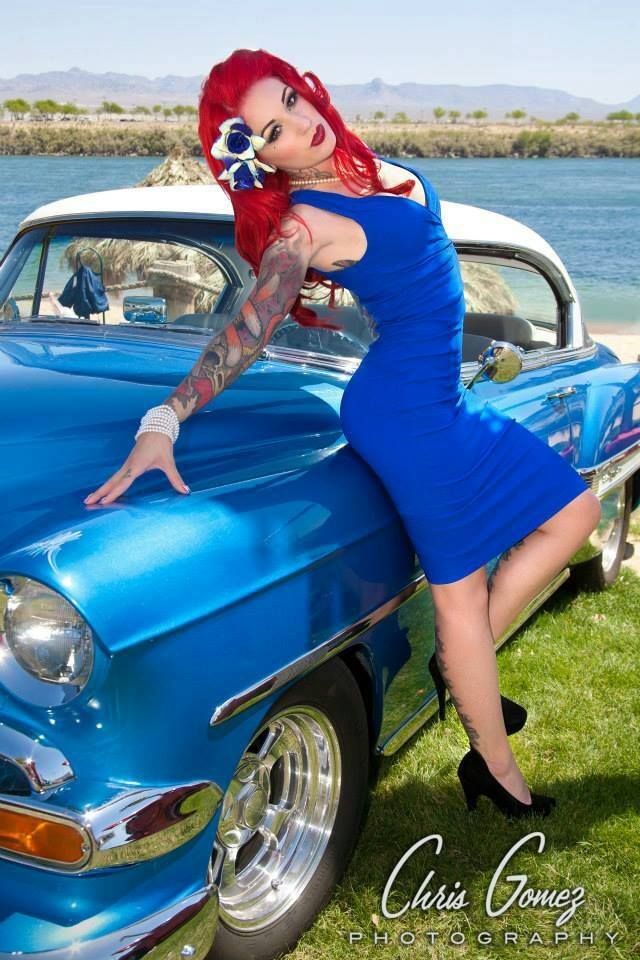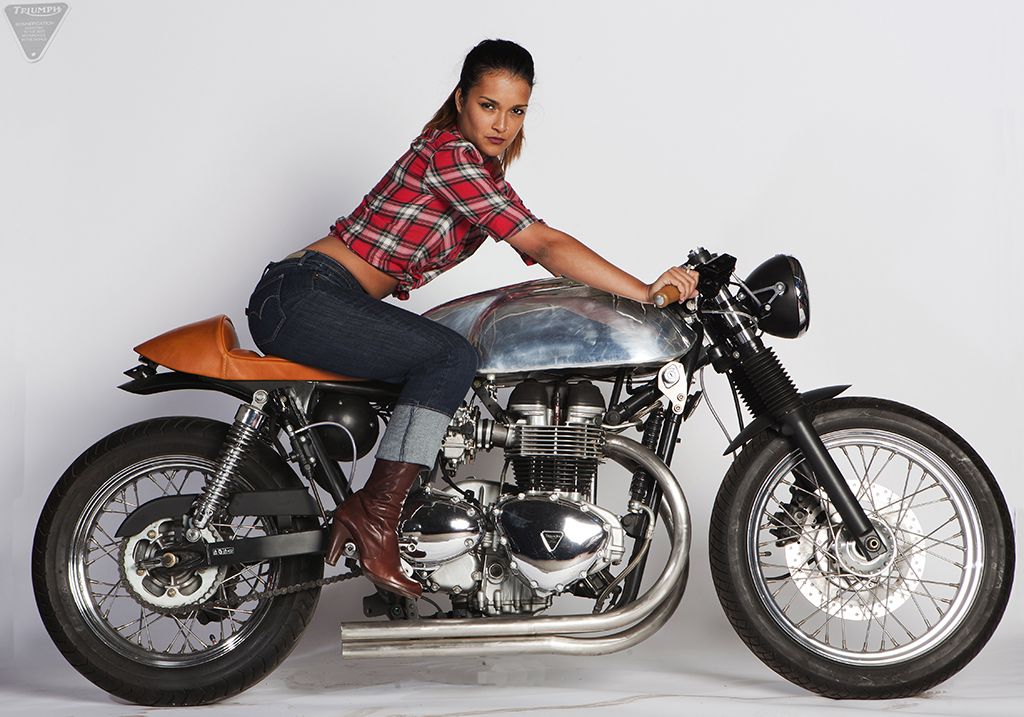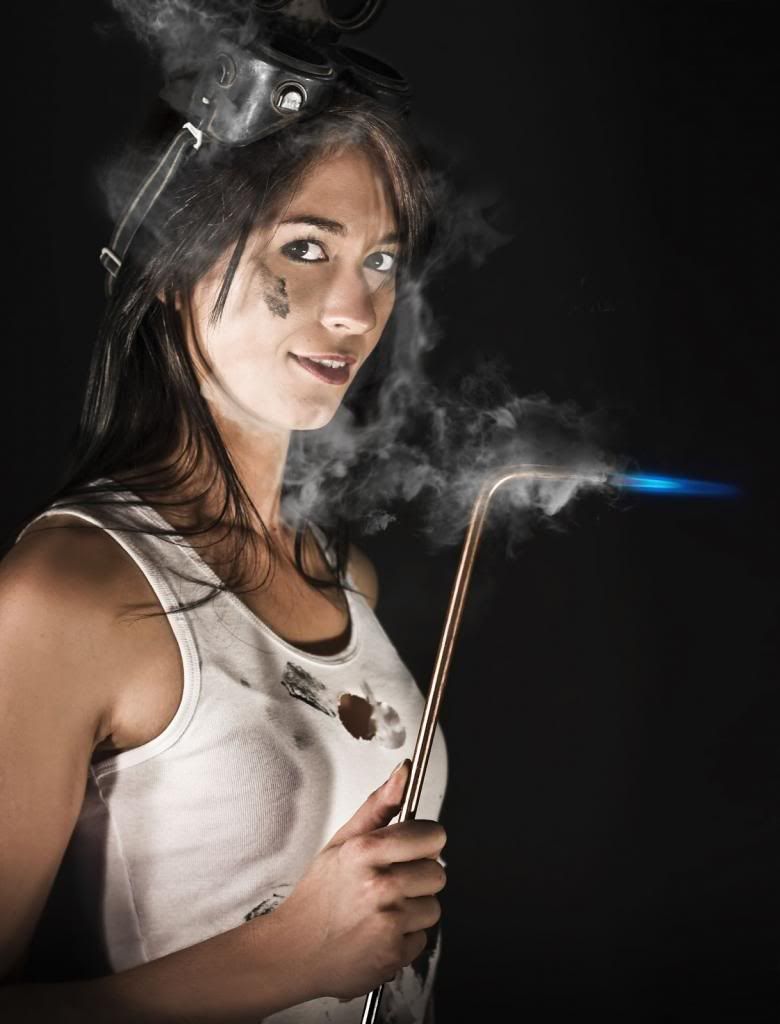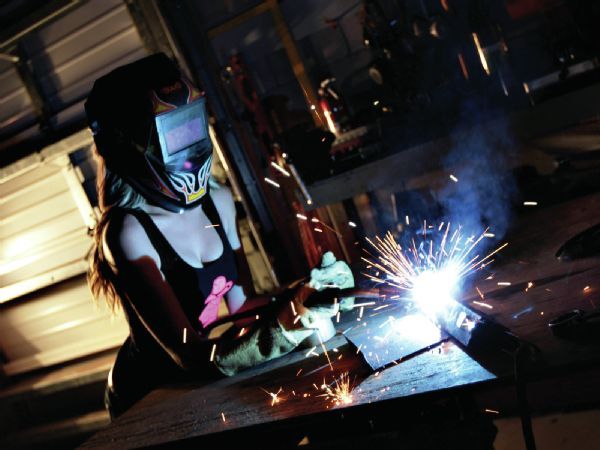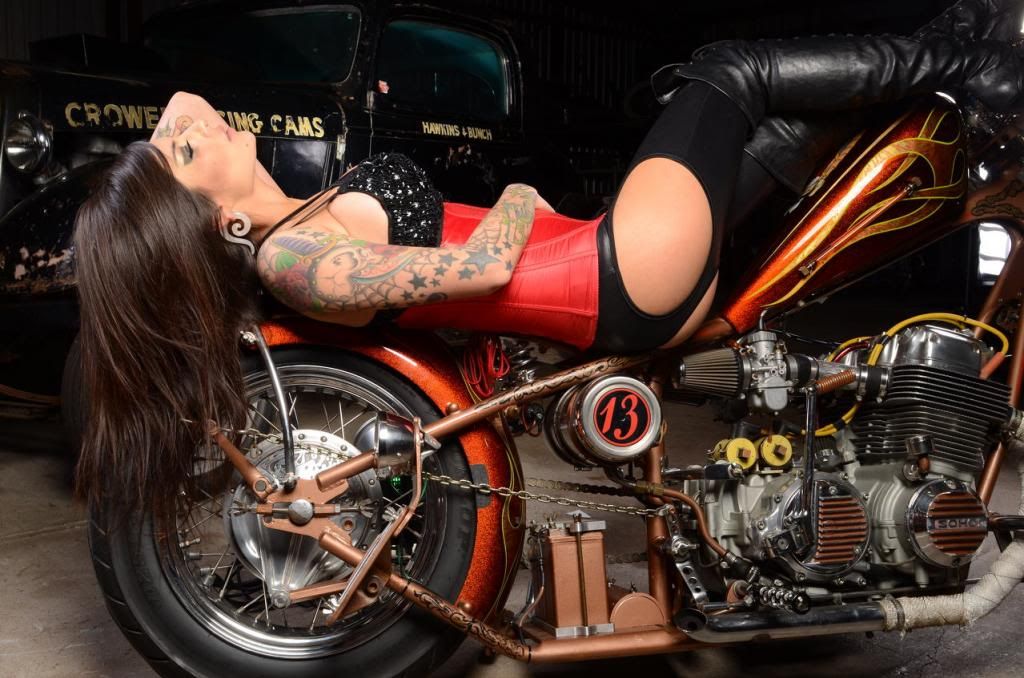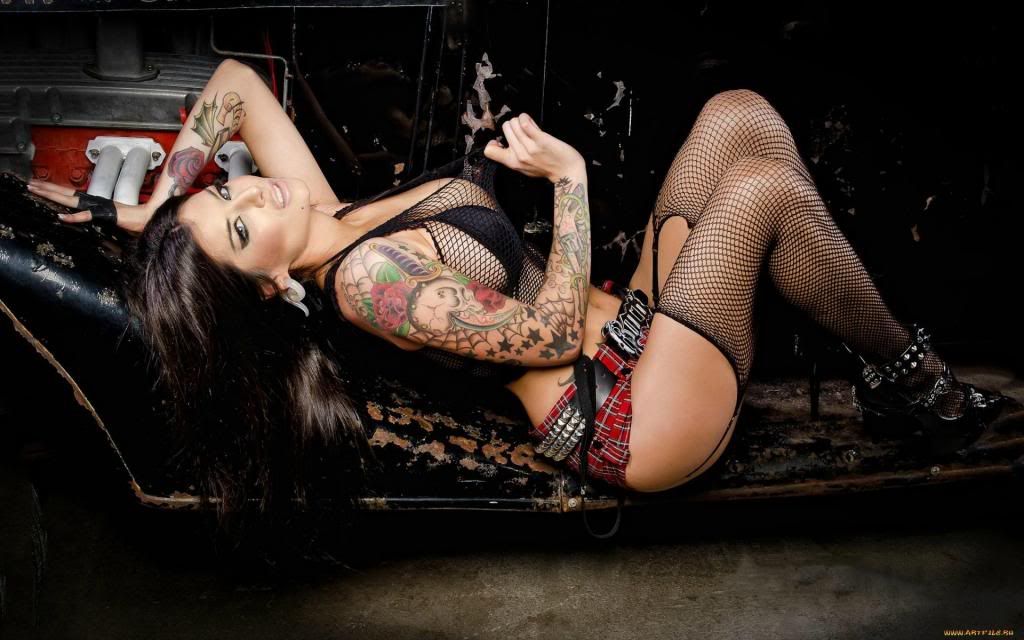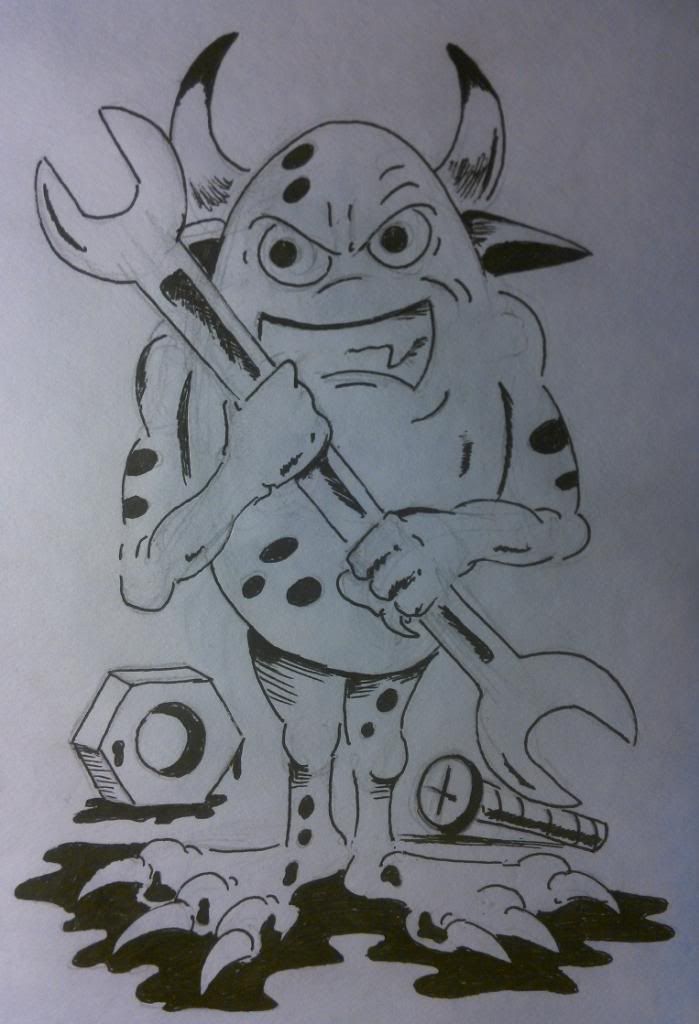Welcome back to the wacky world of Wizard. This is the first of what i plan to be several how to write ups on leather work. I have asked myself a few times what is it we love about motorcycles? I have found that the action of building is as enjoyable to me as riding. It is an act of creation when we take things in a raw form and we transform them into working parts of a machine. With that in mind I have documented a recent project I was asked to do by a fellow Honda chopper head. What I was asked to make is a tank panel or dash for split tanks. This was fairly straight forward. I received a pattern in the mail to work from with all the holes marked for the tie downs. I want to say here that this makes all the difference with projects like this you must have a good pattern to work with. Take a bit longer on this step and it will save you so much time in the long run.
Ok I have laid out my tools here for you to see I have swivel knife a few bevel tools and a background tool a small flat head screw driver and ball peen hammer lots use a mallet but the tiny hammer was a gift and I like it. The lighter is because I like a cigar with my coffee and has no bearing on the work.
The first step is to look at the leather and find a good
spot to work with that has no blemishes and is of the same thickness and
texture. When you do this lay the
pattern on the leather and trace it with a pencil then using very sharp scissors or shears depending
on the thickness cut the leather out.
Step two. At this
point I have the art work ready but it is really up to you what you use. It is as simple as printing out a picture you
like. For this one I drew it up because
I like to draw. Lay your art on and tape
it in place I like to use painter’s tape it is important you only tape on the
back of the piece so it does not damage the front. Now trace the picture pressing fairly
hard. You can use a stylus or I like a
ball point pen that is out of ink. This
leaves an impression in the leather that you can work from.
Step three is to remove the art and I give a quick trace of
the art with a pencil and then wet the leather in cool water. It is important that you know once wet leather
is very easy to tool you can leave a lasting mark with a finger nail so all
rings watches and such off to avoid accidental damage. Now trace the design with the swivel knife applying
pressure and following the pattern.
Step four we take our bevel tool and hammer and place it in
the trench we made with the knife and tap the tool this will create a nice
beveled edge to the design.
Now that the edge is beveled you take the background tool
and in the same manner as the bevel tool you begin to fill in the space over
lapping the tool marks. On this project
I dropped the design in but could have left it and tapped the rest in it is
really a personal choice and it is important to note not all designs will
require this step.
Once this is done we punch the lace holes I like to lay mine
out by hand but they can be measured and spaced with a ruler also.
On to the dye. I
prefer to dye my lightest colors first and work out from there for instance the
red then black it works well for me. I
apply the dye or stain with an assortment of paint brushes based on the size of
part I am painting. Once you have done
this and it dries I like to add a little leather conditioner Tandy makes a good
4 in 1 also neatsfoot oil works well.
Now get your lace and go to town I will do an entry later
and show some different methods but that is a discussion all its own. She is tooled laced conditioned and bam she
is done. Slap her on and ride that thing.
